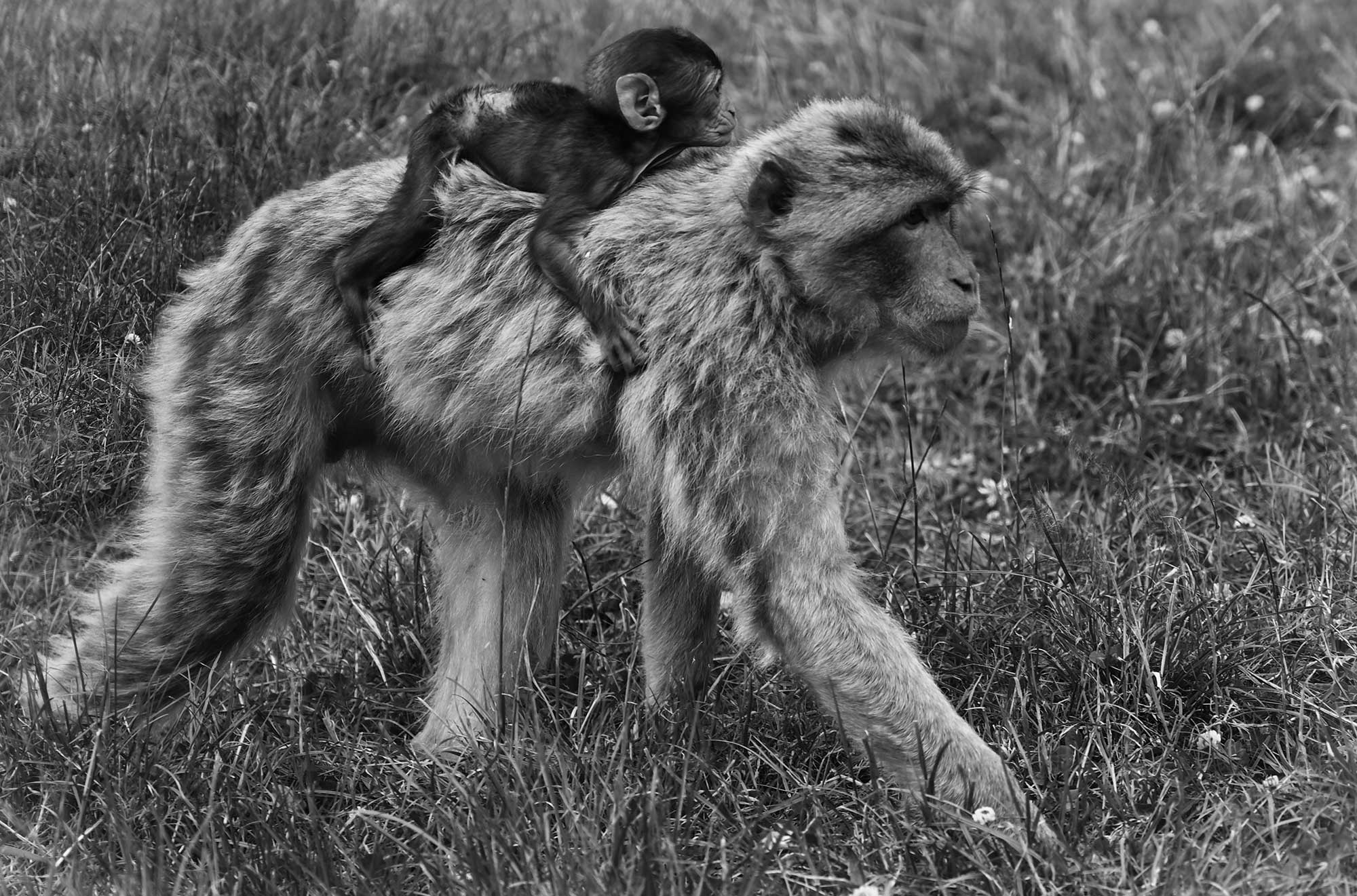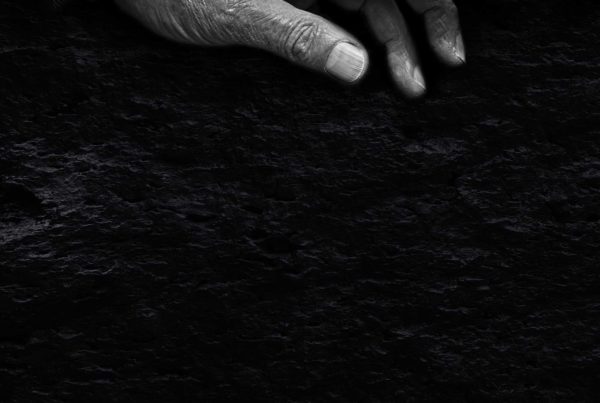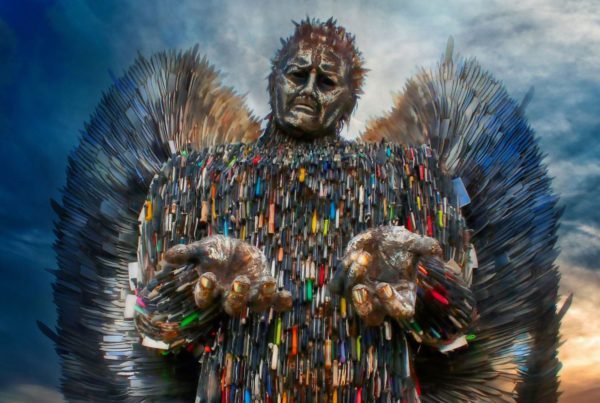

”Unfortunately, Barbary macaques are listed as endangered by the IUCN Red List due to loss of habitat and the illegal pet trade. Trentham Monkey Forest aims to provide visitors with a unique, interesting and educational experience, whilst raising awareness and informing you of our involvement in the conservation of the endangered wild Barbary macaques, and the research we do to help protect them.
Trentham Monkey Forest

The Barbary macaque (Macaca Sylvanus) is the only macaque species found outside of Asia and the only primate species found north of the Sahara in Africa.
Profile of the Barbary Macaque
Name: Macaca Sylvanus
Class: Mammalia / Order: Primates
Morphology: The colours of the Barbary macaques are yellowish-grey to brown. Barbary macaques are sometimes referred to as Barbary apes, but they are, in fact, monkeys with a vestigial tail.
Size: Males are larger than females (male length: 55 to 70 cm, female length: 45 to 55 cm).
Weight: The average body weight for adults is 10kg in females and 15kg in males.
Life expectancy: Barbary macaques can live for up to 30 years.
Classified as Endangered by the IUCN, the species has declined over recent decades, and the remaining number estimated in the wild is 8,000 – 10,000. There are Barbary macaque populations in Morocco and Algeria and an introduced population in Gibraltar.
Barbary macaques are very adaptable and live in a range of habitats and temperatures – they are one of the few monkeys which live in cold, snowy areas. From fir and mixed oak forests to sheer and inhospitable seeming cliff faces, the monkeys live in groups ranging from 30 to 80 individuals, moving together around their habitat to forage for food in the trees and on the ground.
Barbary macaques are threatened by habitat destruction and degradation, which fragments their populations and makes it difficult for viable groups to survive. Some populations are threatened by the capture of infants for the pet trade. Infants are sold as pets in Morocco or taken over the border into Europe.
Our Visit
I’m not one to visit captive facilities, and I advocate for the release and freedom of animals in their natural habitat, so it was quite conflicting for me when I was asked to visit Trentham Monkey Forest.
I do get concerned with the word ‘conservation’ that so many zoos like to use but, in reality, do nothing. Conservation is not as simple as creating ‘arks’ full of unreleasable animals for profit and stating, that the animals are kept in zoos as they are endangered in the wild.
I have read, “More than 600 Barbary macaques from these sister parks have already been successfully reintroduced into their natural habitat in the Atlas Mountain in Morocco”. The quote states, ‘sister parks,’ so I presume that there isn’t a reintroduction program from Trentham, but they do work with organisations to help protect wild Barbary macaques, such as Barbary macaque Awareness and Conservation (BMAC). The sister parks are in Kintzheim (France), Rocamadour (France), and Affenberg Salem (Germany).
At the facility, a large group of 140 Barbary macaques live in a 60-acre forest and roam freely without cages or bars.
As I love to take photographs, we took our time to walk around the 3/4 of a mile pathway through the forest, which had information boards along the way. We also waited for their feeding talk, which was informative and friendly. It was fascinating to see how the monkeys reacted to the food.
The monkeys appeared to be contented and didn’t look to be bothered by the paying public. However, it was quiet when we visited, so I can’t comment on how the monkeys react when there are large crowds.
So, overall, is it a sanctuary? I would say not, as there is a paying public. Do they look after the animals? I would say yes. Is their environment suitable? As captive animals, they do have space and semi-free-ranging conditions and groups of similar composition to those in the wild, which is much better than being trapped behind bars in a conventional zoo environment. But of course, an enclosed space controlled by humans can never replicate their true freedom.



Photo (c) J.A Phillips, Barbary macaque information source, BMAC



